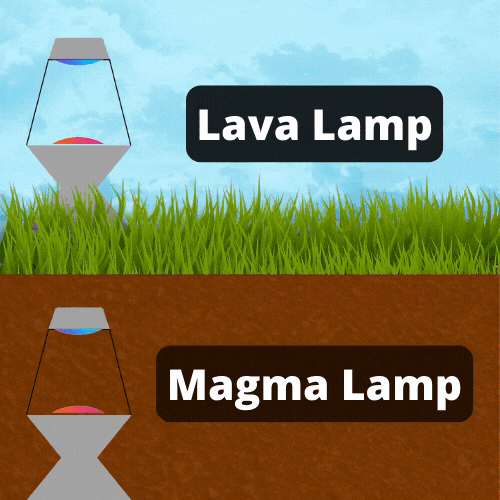|
NPS / Astrid Garcia This activity will answer these questions, and you'll make your very own lava lamp! Through your lava lamp, you'll be making observations on how thick a liquid can be and how gases move through it. 
NPS / Astrid Garcia What are Volcanoes?Volcanoes are openings called vents that allow for lava, rock fragments or debris, and steam to escape onto the earth's surface. Magma is molten rock beneath the earth's surface. Magma is lighter than the surrounding rock and is able to rise to the surface because of its buoyancy (ability to float) and gas pressure within the magma. Main Types of VolcanoesCinder Cone
Conical Composite or Stratovolcano
Lava Dome
Shield Volcano

NPS / Astrid Garcia Supplies Needed

NPS / Astrid Garcia DirectionsStep 1:
Step 2:
Step 3:
Step 4:
Step 6:
ReflectionNow that you've made your own lava lamp and have more of an understanding of volcanoes and why certain types have different eruptions, answer the following questions below:
|
Last updated: August 16, 2022

